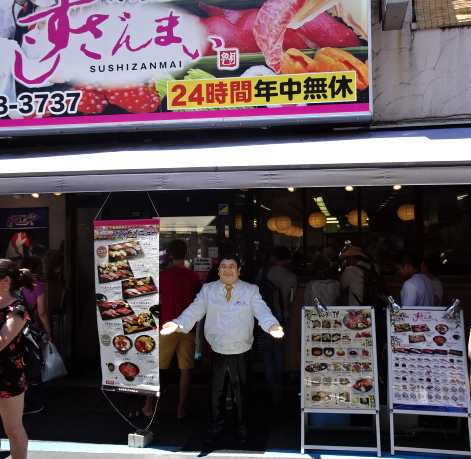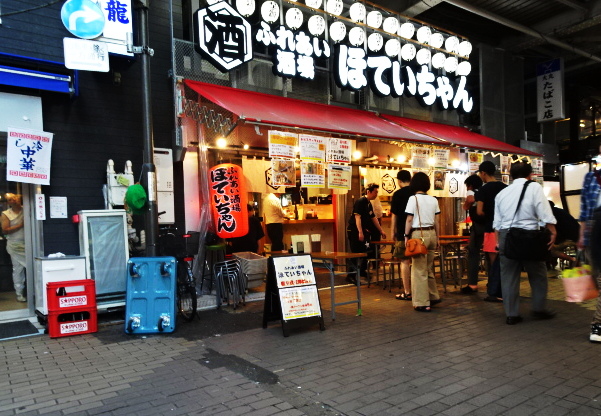3. Eating and Drinking. Japan. Washoku. Sushi. Tempura. Sake

The Washoku, traditional dietary cultures of Japanese, was registered into the UNESCO Intangible Cultural Heritage, in 2013. The Washoku is the original gastronomic culture which harmonized with natural and four seasons.
/Four features. /
1. Diversity and freshness of ingredients, and respect for their inherent flavors
Because of the great latitudinal range of the Japanese archipelago from north to south, the land is characterized by many mountains and proximity to the sea. The richly varied natural environment has meant that each regional Japanese cuisine uses a diversity of ingredients strongly rooted in the terroir. This has been accompanied by the development of cooking methods and utensils that make the most of the ingredients used.
2. An exceptionally well-balanced and healthy diet
The basic composition of the typical Japanese meal, rice with ichij? sansai (gone soup and three side dishesh) is said to have ideal nutritional balance. Because washoku makes skillful use of the umami flavor, very little animal fat is used. This is one cause of the longevity of Japanese people, and it also helps to prevent obesity.
3. An expression of natural beauty and the changing seasons
Another characteristic of washoku is the sense of the beauty of nature and of the changing seasons expressed at the table. By decorating food with blossoms or leaves and by using dishes and other utensils that reflect the changing seasons, the Japanese are able to enjoy each season at meal times.
4. Close links with annual events
Japanfs food culture has evolved in a close relationship with New Yearfs festivities and similar annual events. By eating at the same table and sharing naturefs bounty, familial and community bonds are strengthened.
We introduce a delicious Japanese meal and antifreeze. Sushi, Sashimi, Ramen noodles, Ttempura, Sukiyaki, etc.



/Tsukiji inside market /Tsukiji outside market /Ame-yoko Tavern
3. Eating and Drinking. Japan. Washoku. Sushi. Tempura. Sake. Famous-place list.
Intangible Cultural Heritage. "Wash...
 /WashokuTraditional Japanese cuisine. Now, the traditional-Japanese-cuisine is popularity all over the world.It should use the foods of the four seaso...
/WashokuTraditional Japanese cuisine. Now, the traditional-Japanese-cuisine is popularity all over the world.It should use the foods of the four seaso...
"Sake"-Japanese alcohol. Trave...
 /SakeSake is Japanese alcohol. Sake is made from rice.It has been loved by Japanese people from ancient times.Sake is a fermented liquor that fermente...
/SakeSake is Japanese alcohol. Sake is made from rice.It has been loved by Japanese people from ancient times.Sake is a fermented liquor that fermente...

